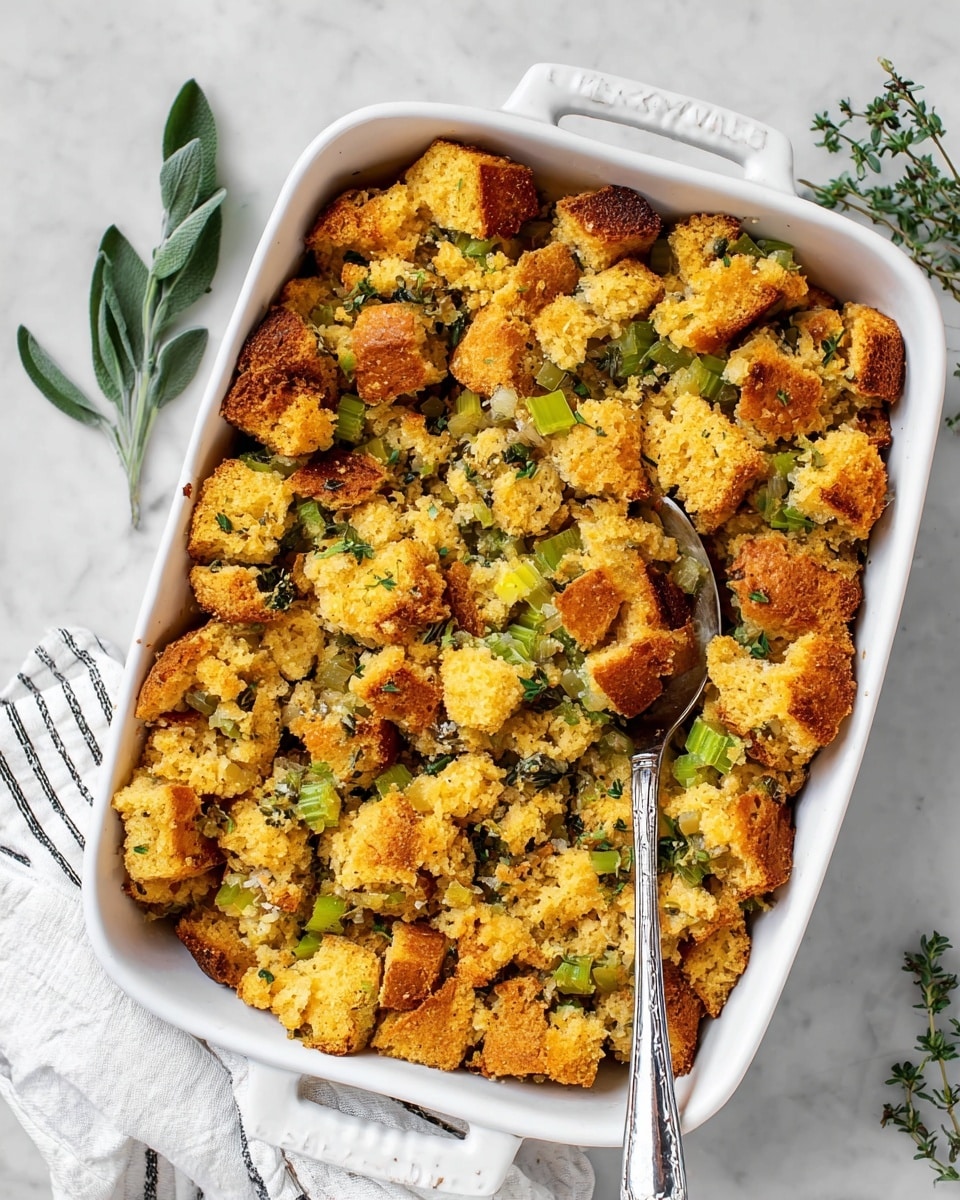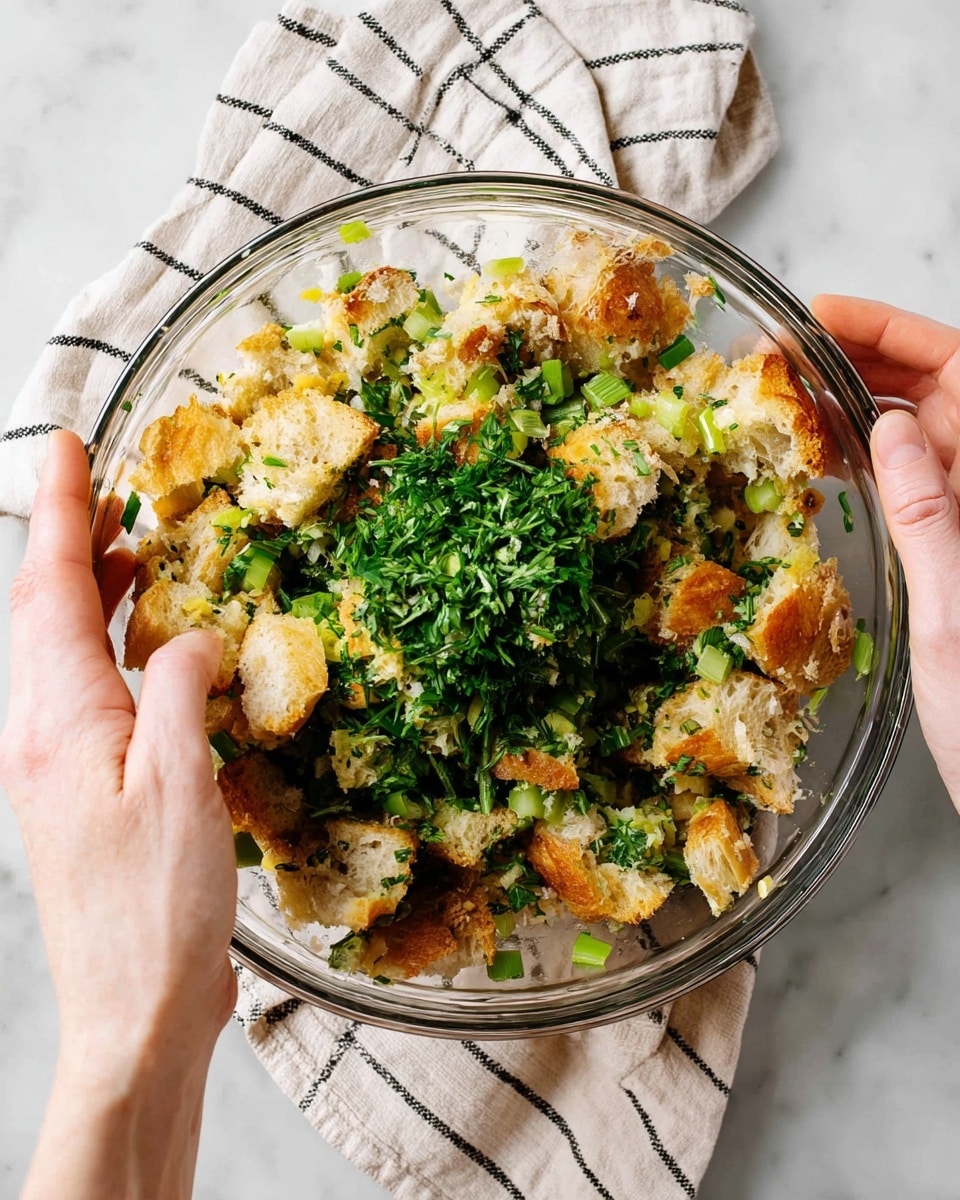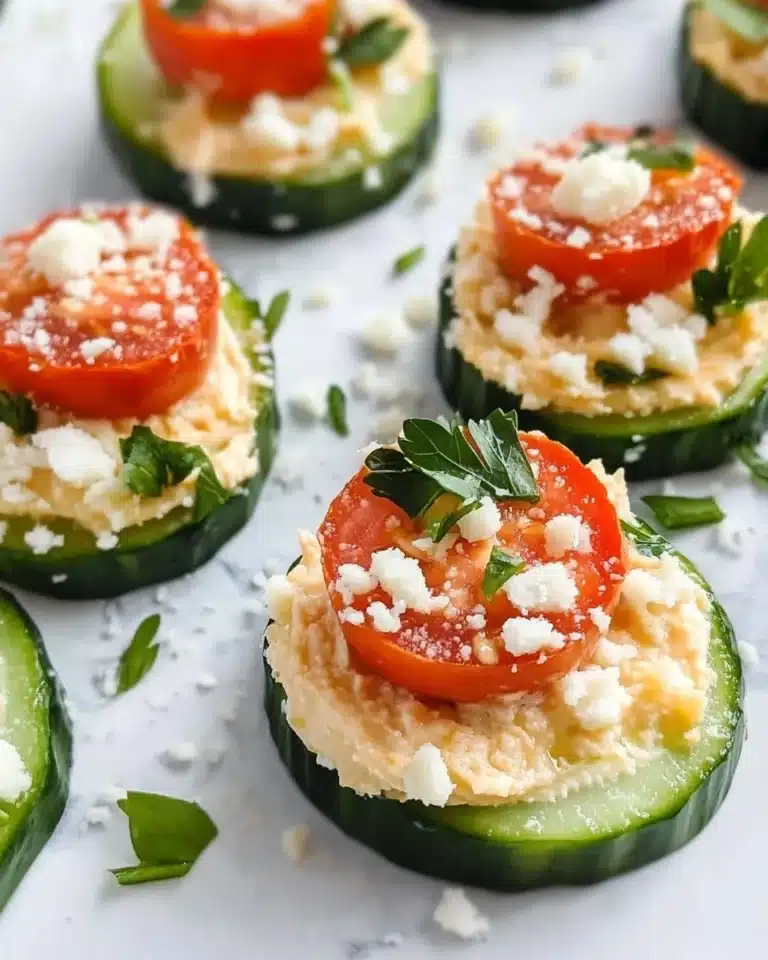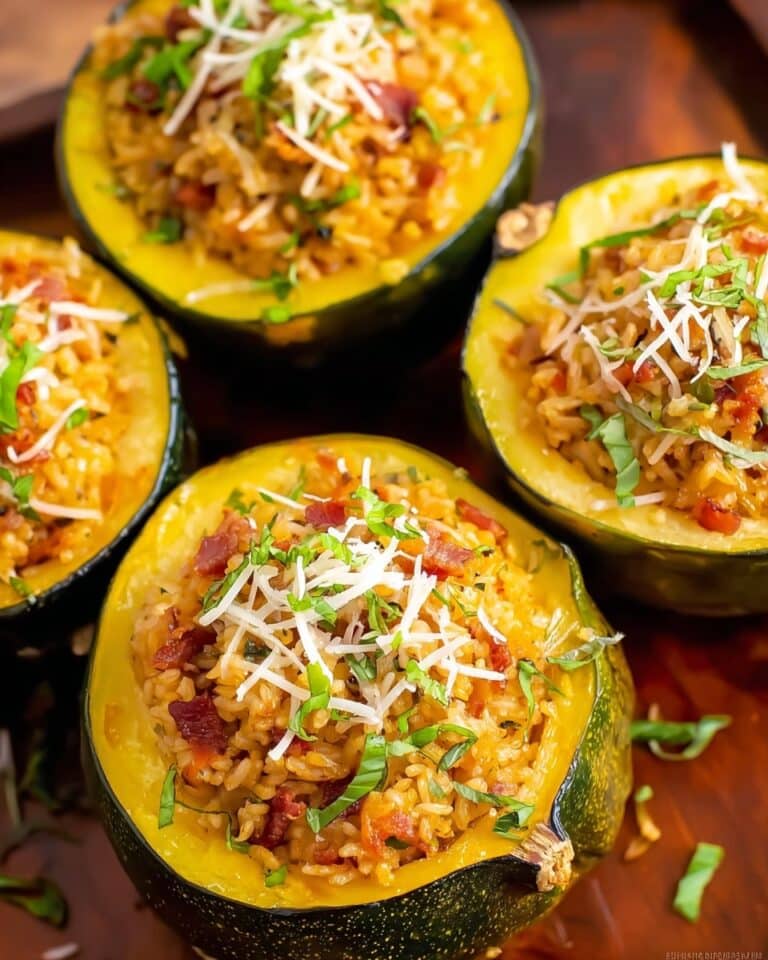If you’re after the ultimate comfort side dish for your holiday table or any cozy dinner, you’ve got to try this Best Sourdough Herb Stuffing Recipe. I absolutely love how this stuffing turns out—crispy on top with tender, flavorful crumbs inside, all infused with fresh herbs and the tangy goodness of sourdough. When I first made it, my family went crazy, and every year since it’s become a non-negotiable dish I look forward to making. Stick with me—I’ll share all the tips and tricks to help you nail this gorgeous, savory stuffing every single time!
Why You’ll Love This Recipe
- Perfect Flavor Balance: The combination of tangy sourdough, fresh herbs, and savory leeks creates layers of irresistible taste.
- Ideal Texture: Crispy on top with a moist, tender interior that never feels soggy.
- Flexible and Make-Ahead Friendly: You can prep it ahead of time and bake when you’re ready—major stress saver!
- Kitchen-Tested Tips: I’ve included all the little tricks I discovered over the years to make it foolproof just for you.
Ingredients You’ll Need
Each ingredient plays a crucial role in building the rich, savory flavor and perfect texture this Best Sourdough Herb Stuffing Recipe is known for. Here’s why I chose these particular components and some quick tips to pick the best ones.
- Day-old crusty sourdough bread: Using day-old bread is key—it soaks up the broth without turning mushy, and sourdough adds a delightful tang that elevates the stuffing.
- Salted butter: Adds richness and helps soften the veggies; I always use good-quality butter for the best flavor.
- Leeks: These bring mild oniony sweetness and depth; don’t skimp on washing them well to remove grit.
- Celery stalks: Classic stuffing crunch and aroma—dice them finely for even cooking.
- Garlic cloves: Just a few cloves add warm, savory notes that blend beautifully.
- Sea salt and black pepper: Essential for seasoning; I like freshly ground pepper for more punch.
- Fresh sage, parsley, rosemary, thyme: These herbs create that unmistakable holiday stuffing aroma—you can’t beat fresh herbs here.
- Vegetable broth: Moistens the bread and ties all flavors together; I recommend using low-sodium broth so you can control the saltiness.
- Large eggs: They act as a binder, helping everything stick together for the perfect serving consistency.
Variations
One of the things I love about the Best Sourdough Herb Stuffing Recipe is how easy it is to play around with it to fit your taste or dietary needs. Feel free to customize it—you’ll be surprised how versatile this base recipe really is.
- Mushroom Addition: My family loves it when I sauté chopped mushrooms along with the leeks and celery for an earthy undertone that’s absolutely delicious.
- Sausage Swap: For a heartier stuffing, I sometimes add cooked sausage—it transforms the dish into a full meal.
- Dairy-Free Version: Substitute butter with olive oil and use a plant-based broth to keep it vegan-friendly without sacrificing flavor.
- Herb Flexibility: Don’t have rosemary or thyme? Feel free to substitute with tarragon, marjoram, or even a pinch of sage and oregano mix—you can’t really go wrong.
How to Make Best Sourdough Herb Stuffing Recipe
Step 1: Prep Your Bread and Veggies
Start by tearing your day-old sourdough loaf into roughly 1-inch pieces—not too small or the texture ends up gummy. Set this aside in a large mixing bowl. Then, melt your butter in a skillet over medium heat and add the leeks, celery, and garlic. Sauté for about 5 minutes, lowering the heat midway so the veggies soften gently without browning too much. Season with salt and pepper here—this step really builds your flavor foundation.
Step 2: Combine Herbs and Moisture
Pour your sautéed veggie mixture over the bread and sprinkle in the fresh chopped sage, parsley, rosemary, and thyme. Now is where your hands become your best tool—gently toss everything together so the herbs coat all those bread pieces. Next, drizzle 1½ cups of your vegetable broth evenly and toss again. You want the bread to feel nicely saturated but not swimming. Add the beaten eggs and give it one last toss. If it still feels dry, slowly add the remaining broth, keeping an eye on the texture.
Step 3: Bake to Perfection
Transfer your stuffing mixture into a greased baking dish (8×11 or 9×13-inch works great). If you’re prepping ahead, this is where you cover it tightly with foil and pop it in the fridge until baking day. When you’re ready to bake, drizzle that last tablespoon of melted butter on top—this little touch makes the crust golden and irresistible. Bake covered at 350°F for 30 minutes. If the stuffing seems wet at that point, uncover it and bake another 5-10 minutes until the top crisps to your liking. You’ll find that perfect balance of crunchy and tender—exactly how stuffing should be!
Pro Tips for Making Best Sourdough Herb Stuffing Recipe
- Day-Old Bread is a Game-Changer: Using bread that isn’t fresh prevents the stuffing from becoming mushy, so if you’re pressed for time, slice and toast your bread lightly the day before.
- Herbs Fresh, Not Dried: Fresh herbs pack more flavor and aroma—don’t substitute with dried unless it’s your only option, and then use less.
- Adjust Broth Wisely: The moisture content depends heavily on your bread’s density—better to start with less broth and add more gradually.
- Don’t Skip the Butter Drizzle: That final butter topping crisps the surface just right—skip it and you’ll miss out on that golden finish everyone raves about.
How to Serve Best Sourdough Herb Stuffing Recipe

Garnishes
When I serve this stuffing, I love to add a sprinkle of extra fresh parsley right on top—adds a pop of color and brightens the flavor. Sometimes I top it with a few crispy sage leaves fried in a bit of butter for a stunning, aromatic touch that makes the whole dish feel special.
Side Dishes
This stuffing pairs beautifully with classic roast turkey, but I also enjoy it alongside roasted root vegetables or a rich mushroom gravy. When I’m skipping the bird, it’s even great served with baked acorn squash or a creamy pumpkin soup for a full autumn feast.
Creative Ways to Present
For holiday gatherings, I sometimes bake this stuffing in individual ramekins for a pretty presentation that guests love. Or flair it up by stuffing it inside hollowed acorn squash or bell peppers for a show-stopping centerpiece that’s as delicious as it is beautiful.
Make Ahead and Storage
Storing Leftovers
I usually store leftovers in an airtight container in the fridge—it keeps well for about 3 days. Reheating in the oven helps restore that lovely crispy top rather than microwaving. My family actually enjoys it cold too, right out of the fridge, during brunch the next day!
Freezing
If I have extra, I portion the stuffing into freezer-safe containers or bags. It freezes beautifully for up to 2 months. When you’re ready, thaw overnight in the fridge and bake as usual—adding a touch more broth if it seems a little dry from freezing.
Reheating
To reheat leftover stuffing, I spread it in a baking dish, cover loosely with foil, and warm at 325°F for about 20-25 minutes. Removing the foil for the last 5-10 minutes crisps the top again, which makes it taste fresh and amazing.
FAQs
-
Can I use a different type of bread for this stuffing?
Absolutely, but sourdough is key for its flavor and texture. If you swap it out, opt for a sturdy crusty bread like French bread or a rustic country loaf, and make sure it’s day-old or slightly dried out to absorb the broth without getting mushy.
-
Is it possible to make this stuffing vegan?
Yes! You can substitute the butter with olive oil or a vegan butter, replace the eggs with a flax or chia egg (1 tablespoon seeds + 3 tablespoons water), and use vegetable broth. The fresh herbs and veggies will still shine beautifully.
-
Should I cover the stuffing while baking?
Covering the dish for the first 30 minutes helps trap moisture, ensuring the stuffing is tender inside. Uncovering towards the end crisps the top, giving you that perfect textural contrast that everyone loves.
-
Can I prepare this stuffing a day ahead?
Definitely! You can assemble the stuffing, cover tightly with foil, and refrigerate overnight. Bring it to room temperature before baking for even cooking, and proceed with the butter topping and baking instructions as usual.
-
How do I know if the stuffing has enough moisture?
The bread should feel moist but not soupy—think “nice and juicy.” If it looks dry after mixing broth and eggs, gradually add a little more broth until the texture feels right. It’s okay to customize based on your bread’s dryness.
Final Thoughts
This Best Sourdough Herb Stuffing Recipe has truly become one of my favorite kitchen triumphs. It’s the kind of dish where every bite reminds me of home and family gatherings. I can’t recommend it enough, whether you’re a stuffing traditionalist or looking to bring something a little extra special to your table. So grab your loaf, dig in, and savor every fragrant, buttery piece—you’ll be glad you did!
Print
Best Sourdough Herb Stuffing Recipe
- Prep Time: 20 minutes
- Cook Time: 40 minutes
- Total Time: 60 minutes
- Yield: 8 servings
- Category: Side Dish
- Method: Baking
- Cuisine: American
- Diet: Vegetarian
Description
A classic, savory stuffing recipe made with crusty sourdough bread, sautéed leeks, celery, fresh herbs, and vegetable broth, baked to perfection for a moist and flavorful Thanksgiving side dish.
Ingredients
Stuffing
- 1 small loaf (1 pound) day-old crusty sourdough bread (not sandwich bread)
- ½ cup salted butter (plus 1 tablespoon melted butter for topping)
- 2 leeks (halved, thinly sliced, and rinsed well, about 2 cups)
- 4 celery stalks (diced, about 1¾ cups)
- 3 garlic cloves (chopped)
- ¾ teaspoon sea salt
- ½ teaspoon freshly ground black pepper
- ¼ cup chopped fresh sage
- Heaping ¼ cup chopped fresh parsley
- 1 teaspoon chopped fresh rosemary
- 1 teaspoon fresh thyme leaves
- 1½ to 2 cups vegetable broth
- 2 large eggs (beaten)
Instructions
- Preheat and prepare dish: Preheat the oven to 350°F and grease an 8×11 or 9×13-inch baking dish to prevent sticking during baking.
- Tear bread: Tear the day-old sourdough bread into 1-inch pieces and place them in a very large bowl to prepare the base of the stuffing.
- Sauté vegetables: Melt the butter in a large skillet over medium heat. Add the leeks, celery, garlic, sea salt, and black pepper. Sauté for 5 minutes, turning the heat to low halfway through to soften the vegetables and develop their flavors.
- Combine ingredients: Pour the sautéed leek mixture over the bread pieces. Sprinkle with the chopped sage, parsley, rosemary, and thyme. Use your hands to toss the mixture until the bread is evenly coated with vegetables and herbs.
- Add broth and eggs: Pour 1½ cups of vegetable broth evenly over the stuffing and toss again to coat. Add the beaten eggs and toss once more. The bread should feel quite wet; if it feels dry, gradually add the remaining ½ cup of broth as needed depending on the bread’s dryness.
- Transfer and store: Transfer the stuffing mixture into the prepared baking dish. If making ahead, cover the dish tightly with foil and refrigerate until ready to bake.
- Bake covered: When ready to bake, drizzle the 1 tablespoon of melted butter on top. Cover the dish with foil and bake in the preheated oven for 30 minutes.
- Crisp the top: If the stuffing is still moist after 30 minutes, remove the foil and bake uncovered for an additional 5 to 10 minutes to crisp up the top layer.
Notes
- This classic stuffing recipe is a must-have side dish for Thanksgiving, bursting with the savory flavors of leeks, celery, and fresh herbs.
- Using day-old crusty sourdough bread gives the best texture and absorption for the stuffing.
- You can make the stuffing ahead of time and refrigerate it before baking to save time on the holiday.
- Adjust the amount of vegetable broth based on the dryness of the bread to ensure a moist stuffing.
Nutrition
- Serving Size: 1/8 of recipe
- Calories: 280
- Sugar: 2g
- Sodium: 450mg
- Fat: 15g
- Saturated Fat: 9g
- Unsaturated Fat: 5g
- Trans Fat: 0g
- Carbohydrates: 30g
- Fiber: 3g
- Protein: 7g
- Cholesterol: 55mg









